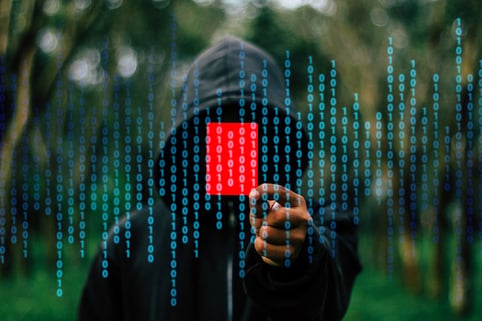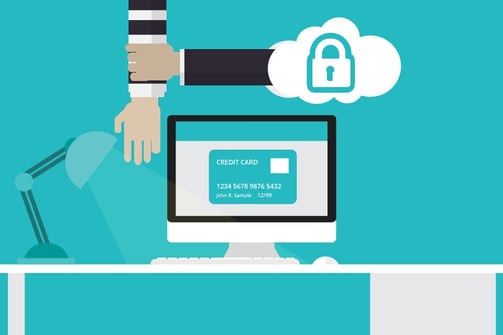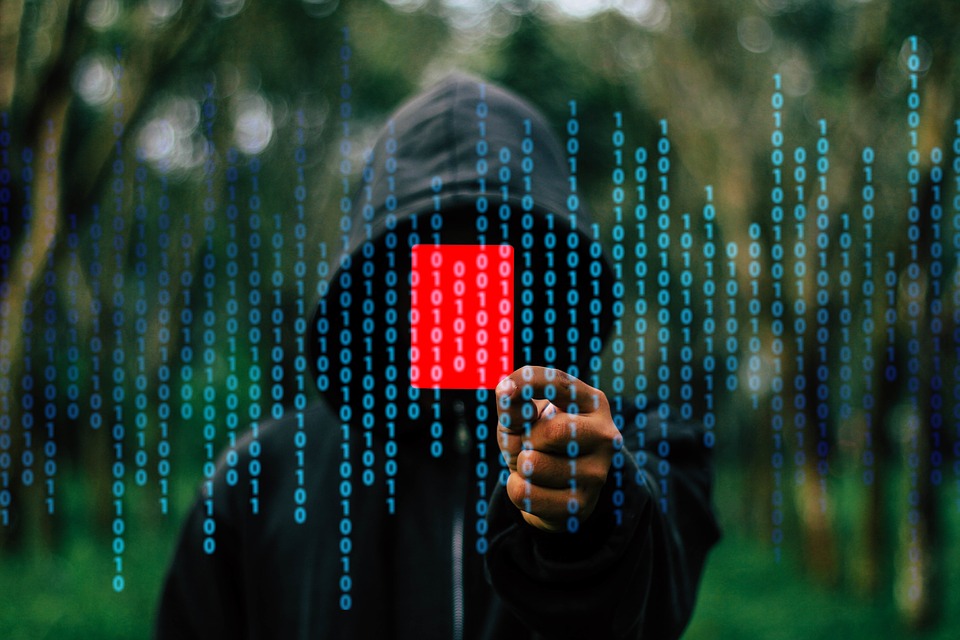Increasing cyber security threats with Artificial Intelligence
Individuals are buckling down each day to change the manner in which society survives innovation, and one of the most recent boondocks in the field...
A security threat usually takes a toll on the databases of the companies, leading to significant financial losses and confidential information leakage. Data breaches is one of the most common problems experienced by the companies. Last year, 83% of organisations suffered a data security incident, clearly accounting for the major vulnerability of the security systems to cyber mishaps. The threats can be caused by both internal or external forces. According to Steve Durbin, managing director of the Information Security Forum (ISF), there are three categories of insider behaviour : “Malicious, Negligent and Accidental”. An internal security threat is caused when in a corporate environment the employees are not able to understand security related issues leading to negligent leakage of data, while sometimes it can be intentional. An External threat, on the other hand, originates from outside the company and can come from criminal syndicates, state-sponsored actors and hacktivists.

These malicious professional attackers work in organised groups. They have carefully chosen targets from which they can get good returns.
They are usually after the information and not the money, at least in most cases. All they want is data and an access to your IT infrastructure. In 2016, Yahoo confirmed that state-sponsored hackers stole personal data from 500 million accounts in 2014 which included names, passwords, email addresses and security questions.

About 58% of all security threats are attributed to the Internal threats which comes from employees, ex-employees and third parties.

Difference between Internal and Enternal Security Threats:
According to Spencer Coursen, President of Security Group, “ The most significant obstacle for a company to overcome is employee complacency.” The insiders have an access to the sensitive information and can leak the data because they know how the information is protected. While they can accidentally and unintentionally put the data on risk, in case of External security threats, it is always intentionally executed with vandalism, disruption of services or data theft as a prime motive.
Also, the insiders have a greater level of access contrary to the outsiders who have to disable the external defenses before they can log into a company’s network.
The following are the ways to prevent Internal and External Security Threats :

Penetration testing tools can be adopted to check the vulnerabilities or weak areas in the software systems. Install IDS (Intrusion Detection System) so you can be alerted if there is suspicious activity on your network. Monitor all database access activity and usage patterns in real time to detect data leakage, unauthorized SQL and big data transactions. Identify and classify sensitive data. Deploy strong user authentication and keep devices up to date.
Common Vulnerability Scoring System (CVSS) provides a way to capture the vulnerabilities and produce a numerical score which reflects its severity. The numerical scores further gets translated into the qualitative measurement like low, medium, high or critical. This gives the organisations a bigger picture of their data vulnerability.
Train your workforce on how to recognize common cyber threats (e.g. a spear-phishing attack). Don’t open emails from mysterious senders. Promote a security conscious work culture. Alert them about social engineering attacks and not be the victim by clicking without thinking, just out of curiosity. Block malicious web requests.
The database privileges should not exceed the requirements of the job function. Which person gets what privilege should be thought of beforehand. Also, if the ex-employees depart on bad terms, the privileges can be used for bringing damage and the data can be used to bring a loss to the company.
Encryption secures data by using special mathematical algorithms to convert the data into scrambled code before transmission. The data is decoded when an authorized user accesses it. Currently, encryption is one of the most popular and effective data security methods used by organizations.
Cloud-based architectures are more disaster-tolerant to protect data. On being asked that how Cloud keeps the data secure, Ian Massingham says that the most obvious way is through encryption, both while the data is in transit and while it is ‘’at rest’’ on the cloud servers. Mark Crosbie, from Dropbox, says that the way in which data is encrypted also increases its security. He says that they split each file into chunks, which is encrypted separately and stored in different places. Thus, if someone manages to break in and decrypt the data they only get access to the random chunks.
A new trend emerging these days is the hackers hiding the cyber attacks in the social media posts. Recently, the Russian Hackers made their way to the computer of Pentagon official. It came in form of a link attached to the post put up by a robot account on twitter. These kind of attacks are becoming popular as they are related to the posts and content you engage with on social networking sites. The threats are outpacing the enterprise defences and it is challenging them to keep up with the security fundamentals. Although cyber-attacks are a major concern for the organisations 72% are struggling to keep up with the changing security landscape. The businesses should protect themselves from the breaches and most importantly react in a planned fashion when the breach occurs.
Need help in securing your Cloud? We are here for you. We at NewGenApps have deep expertise in implementing and securing cloud solutions for businesses of all sizes and structures.

Individuals are buckling down each day to change the manner in which society survives innovation, and one of the most recent boondocks in the field...
 Read More
Read More
1 min read
iPad Mini reviewed by John Gruber- Thoughts on the Display, Price, and Name of the Impending Smaller iPad Can Microsoft reinvent itself for the age...
